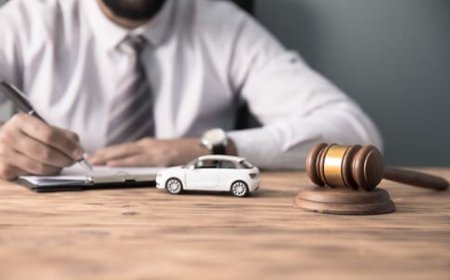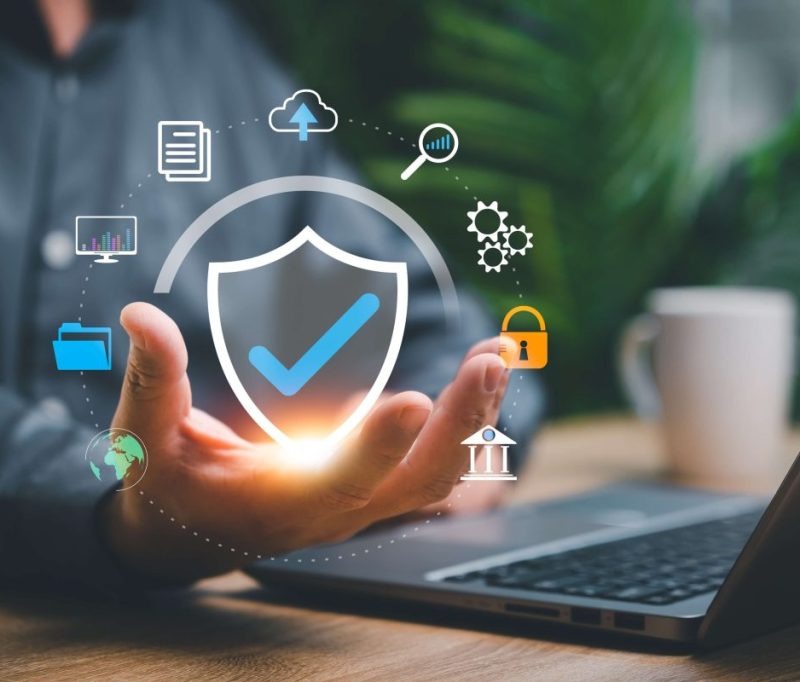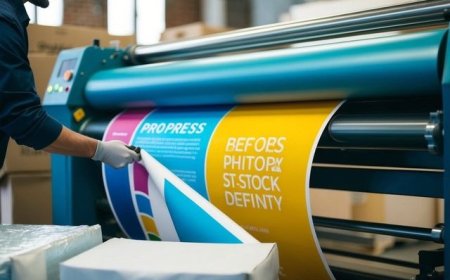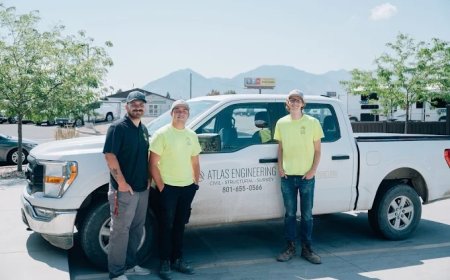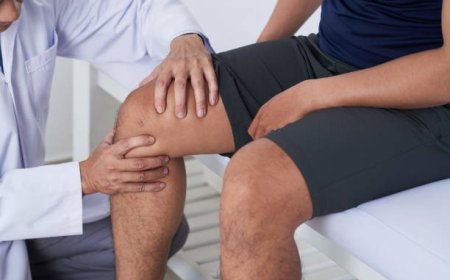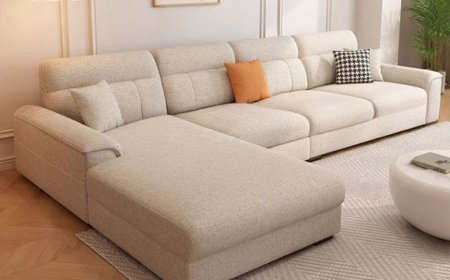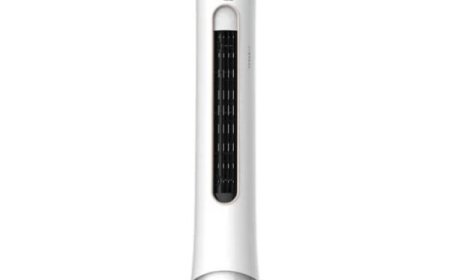Choosing the Right Leg Pistol Holster & Gas Gun for Personal Defense in South Africa
In this blog, we’ll guide you through key considerations—from choosing the right holster and assessing gas gun features, to understanding legal boundaries—and help you find the ideal setup for your needs.
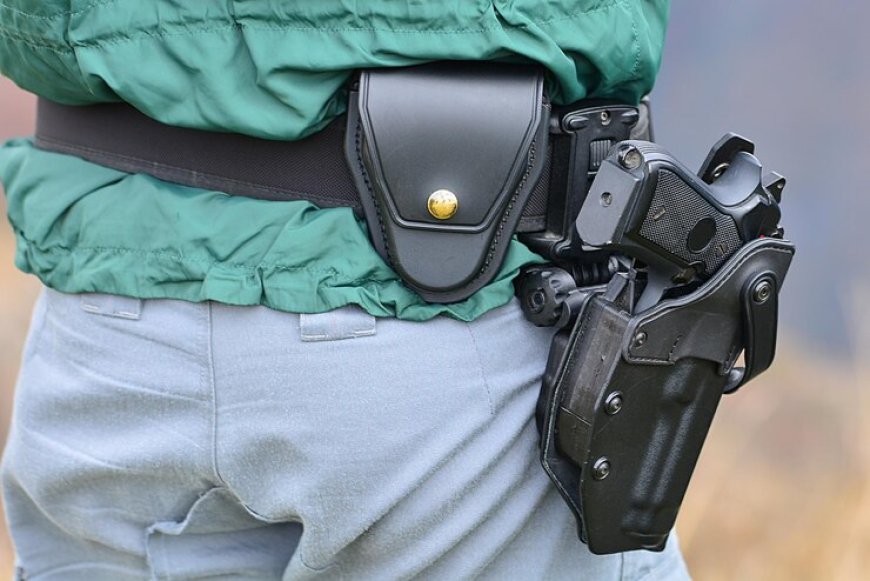
Introduction
In a world where personal safety is increasingly uncertain, having reliable self-defense tools matters. Two practical options that stand outespecially in South Africaare the leg pistol holster and the gas gun. Compact yet effective, these items combine deterrence with accessibility. In this blog, well guide you through key considerationsfrom choosing the right holster and assessing gas gun features, to understanding legal boundariesand help you find the ideal setup for your needs.
1. Why Choose a Leg Pistol Holster?
Leg holsters, worn on the thigh, offer quick access to your firearmespecially useful when seated (e.g., driving) or wearing tactical gear. They distribute weight evenly, making them comfortable during extended wear. Adjustable straps cater to different sizes and ensure a snug fit. If youre investing in a leg pistol holster, look for retention systems that lock securely yet release easily under stress.
2. Gas Guns for Personal Defense: Key Features
Gas guns fire non-lethal projectiles using green gas or CO?. Top models replicate real firearms in size and feel, providing both psychological and physical deterrence. Features to consider:
-
Blowback vs. non-blowback: Blowback offers realism as the slide cycles; non-blowback is more gas-efficient.
-
Projectile speed: Ideal for defense is 300400 FPS (feet per second).
-
Magazine capacity: Most hold 1230 roundschoose based on use.
-
Gas source: Green gas is easily refillable; CO? provides consistent power even when cold.
Explore options in gas guns for sale to find a trusted model with your preferred features.
3. Evaluate Holster Compatibility
Not all holsters fit every firearm. Ensure your leg holster aligns with your gas guns make and modelaccounting for barrel length, slide profile, and weight. Many holsters are labeled universal, but lesser build quality can lead to poor retention, risking loss during movement. Confirm the fit before purchasing.
4. Mastering Draw Technique with Leg Holsters
A holster is only effective if you can deploy it swiftly. Practice drawing, reloading, and reholstering until it becomes second nature. Quick, smooth access can make a critical difference in emergencies, but whether youre spending 30 minutes or several hours in the holster, comfort is key.
5. Gas Gun Maintenance Essentials
Proper upkeep ensures reliable performance:
-
Refill gas after each session.
-
Clean the barrel and lubricate internals with silicone oil.
-
Depressurize magazines for long-term storage.
-
Rotate gas types for consistent power.
Regular maintenance transforms a novelty purchase into a dependable security tool.
6. Staying Legal: South African Regulations
While gas guns are accessible and dont require firearm licenses, they are still regulated. You cannot brandish or threaten with them inappropriately. Misuse can lead to criminal charges. Read up on the Firearms Control Act to stay informed, and always transport your gear discreetly.
7. Use Scenarios: Choosing Tools That Fit Your Life
|
Setting |
Best Choice |
Considerations |
|
Urban commute |
Leg holster + Gas gun |
Deterrence outside home; draws fast if threatened |
|
Outdoor/hiking |
Gas gun only |
Lightweight, easy to carry across terrain |
|
Home defense |
Leg holster + Gas gun |
Access at night; consider bedside placement |
|
Recreational shooting |
Gas gun |
Market looks-realistic; fun and sport-oriented |
The right setup balances practicality, comfort, and your day-to-day routine.
8. Buying Smart: Quality, Warranty & Support
Invest in reputable brandsespecially for gas gunsto ensure reliability. Leg holsters from trusted manufacturers with adjustable straps and proper retention can mean the difference between secure carry and accidental loss. Look for warranty and local support when shopping.
Conclusion
Building a self-defense setup involving a leg pistol holster and a gas gun offers a non-lethal, practical way to protect yourself in South Africa. Focus on compatibility, comfort, legality, and regular use to ensure youre prepared. With the right gear, training, and awareness, youll not only feel saferyoull be better equipped to act if the situation demands.
Check out BNT Online for quality leg holsters and trusted gas guns. Start building your defense strategy today.
Frequently Asked Questions (FAQ)
1. Is a gas gun legal to carry without a license in South Africa?
Yesyou dont require a firearm license. However, misuse, such as public brandishing, can result in criminal charges under the Firearms Control Act.
2. How do I choose between blowback and non-blowback gas guns?
For realism and training, choose blowback. For gas efficiency and low noise, go with non-blowback.
3. Can I use any leg holster with a gas pistol?
Only if it matches the pistol's dimensions and offers secure retention. Universal fits are rarely ideal.
4. How often should I clean my gas gun?
Clean and lubricate after every 300500 shots or whenever you notice reduced performance or leaks.
5. How fast should I be able to draw from a leg holster?
With regular practice, you should draw smoothly in 12 seconds. If it feels clumsy or slow, consider repositioning or retraining.
6. Are there safer alternatives to a leg holster?
Yesoptions like shoulder holsters, ankle rigs, or chest rigs offer different comfort and accessibility profiles depending on activity and carry preference.











